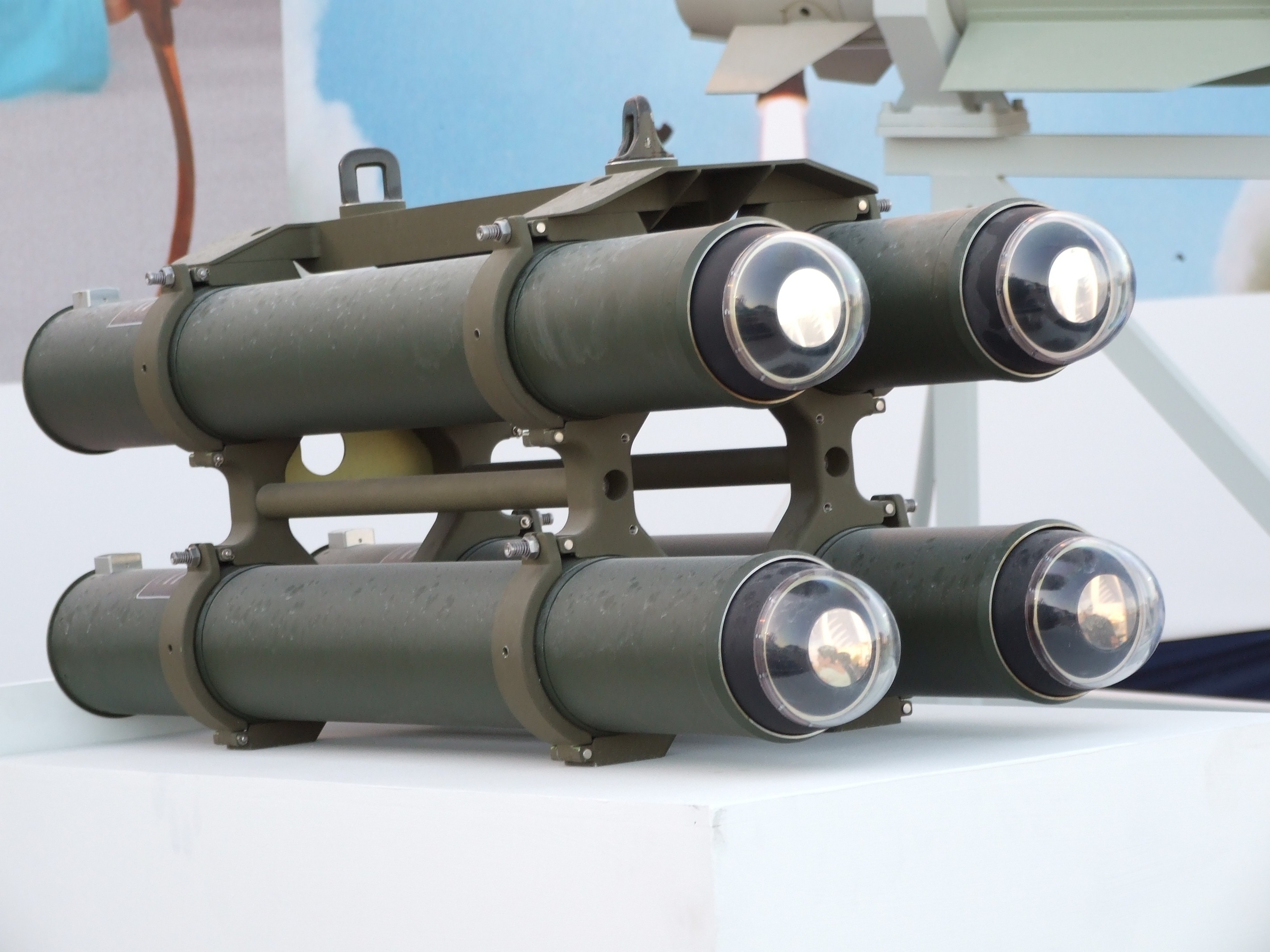Adir-M
FULL MEMBER

- Joined
- Oct 14, 2010
- Messages
- 1,233
- Reaction score
- 0
- Country
- Location
India is equipping its Arjun tanks with IAIs LAHAT missile
India is equipping its Arjun tanks with the LAHAT missile produced by Israel Aerospace Industries (IAI). The missile will provide the tank with the ability to hit moving targets from great distances while in motion.
IAI developed and produced the LAHAT a laser-guided missile that can be launched from a tank's cannon, reaching its target by homing in on a laser spot. The shell-missile weighs approximately 12 kg and has a range of 8 kg, including a lethal 2.5 kg warhead.
Despite the many technical difficulties the Arjun tank project experienced over the years, its serial production and is well underway.
The Indian army recently announced that it intends to order 250 more improved Arjun tanks following the conclusion of the user tests. The newer version has received dozens of improvements compared to the MK-1 variant.
Improvements include its mobility, brigade-power, and the capability to fire missiles through a gun barrel. The tank will also be equipped with advanced reactive shielding.
The Indian Army has committed to continue procuring the tanks if the improvements prove worthy during testing. Four brigades equipped with the Arjun tanks are expected to be operational by 2016.

The Arjun tank used by the Indian Army
lahat missile

India is equipping its Arjun tanks with the LAHAT missile produced by Israel Aerospace Industries (IAI). The missile will provide the tank with the ability to hit moving targets from great distances while in motion.
IAI developed and produced the LAHAT a laser-guided missile that can be launched from a tank's cannon, reaching its target by homing in on a laser spot. The shell-missile weighs approximately 12 kg and has a range of 8 kg, including a lethal 2.5 kg warhead.
Despite the many technical difficulties the Arjun tank project experienced over the years, its serial production and is well underway.
The Indian army recently announced that it intends to order 250 more improved Arjun tanks following the conclusion of the user tests. The newer version has received dozens of improvements compared to the MK-1 variant.
Improvements include its mobility, brigade-power, and the capability to fire missiles through a gun barrel. The tank will also be equipped with advanced reactive shielding.
The Indian Army has committed to continue procuring the tanks if the improvements prove worthy during testing. Four brigades equipped with the Arjun tanks are expected to be operational by 2016.

The Arjun tank used by the Indian Army
lahat missile







 dident noticed
dident noticed . Not a problem at all and can easily be countered with smoke grenades and VARTA protection suite.
. Not a problem at all and can easily be countered with smoke grenades and VARTA protection suite.

